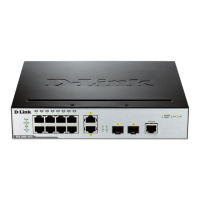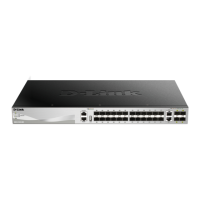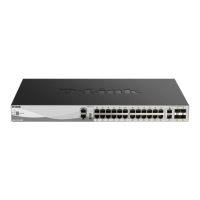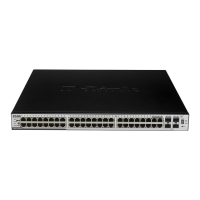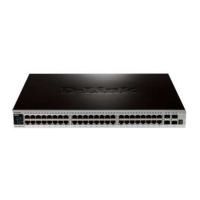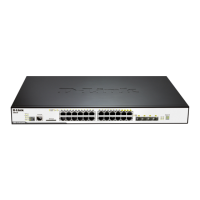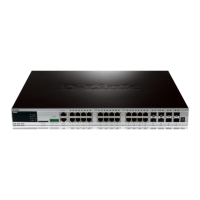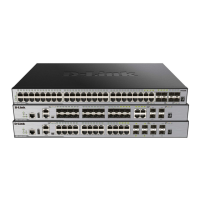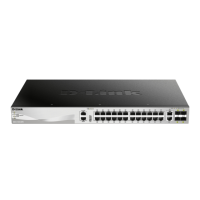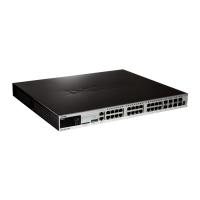DGS-3024 Gigabit Ethernet Switch Manual
Port Access Entity
802.1x Port-Based Access Control
The IEEE 802.1x standard is a security measure for authorizing and authenticating users to gain access to various wired or
wireless devices on a specified Local Area Network by using a Client and Server based access control model. This is
accomplished by using a RADIUS server to authenticate users trying to access a network by relaying Extensible
Authentication Protocol over LAN (EAPOL) packets between the Client and the Server. The following figure represents a
basic EAPOL packet:
Figure 7- 48. EAPOL Packet
Utilizing this method, unauthorized devices are restricted from connecting to a LAN through a port to which the user is
connected. EAPOL packets are the only traffic that can be transmitted through the specific port until authorization is granted.
The 802.1x Access Control protocol consists of three components, each of which is vital to creating and maintaining a stable
and working Access Control security method.
Figure 7- 49. Three Functions of 802.1x
The following section will explain Client, Authenticator, and Authentication Server in greater detail.
Authentication Server
The Authentication Server is a remote device that is connected to the same network as the Client and Authenticator, must be
running a RADIUS Server program and must be configured properly on the Authenticator (Switch). Clients connected to a
port on the Switch must be authenticated by the Authentication Server (RADIUS) before attaining any services offered by
the Switch on the LAN. The role of the Authentication Server is to certify the identity of the Client attempting to access the
74

